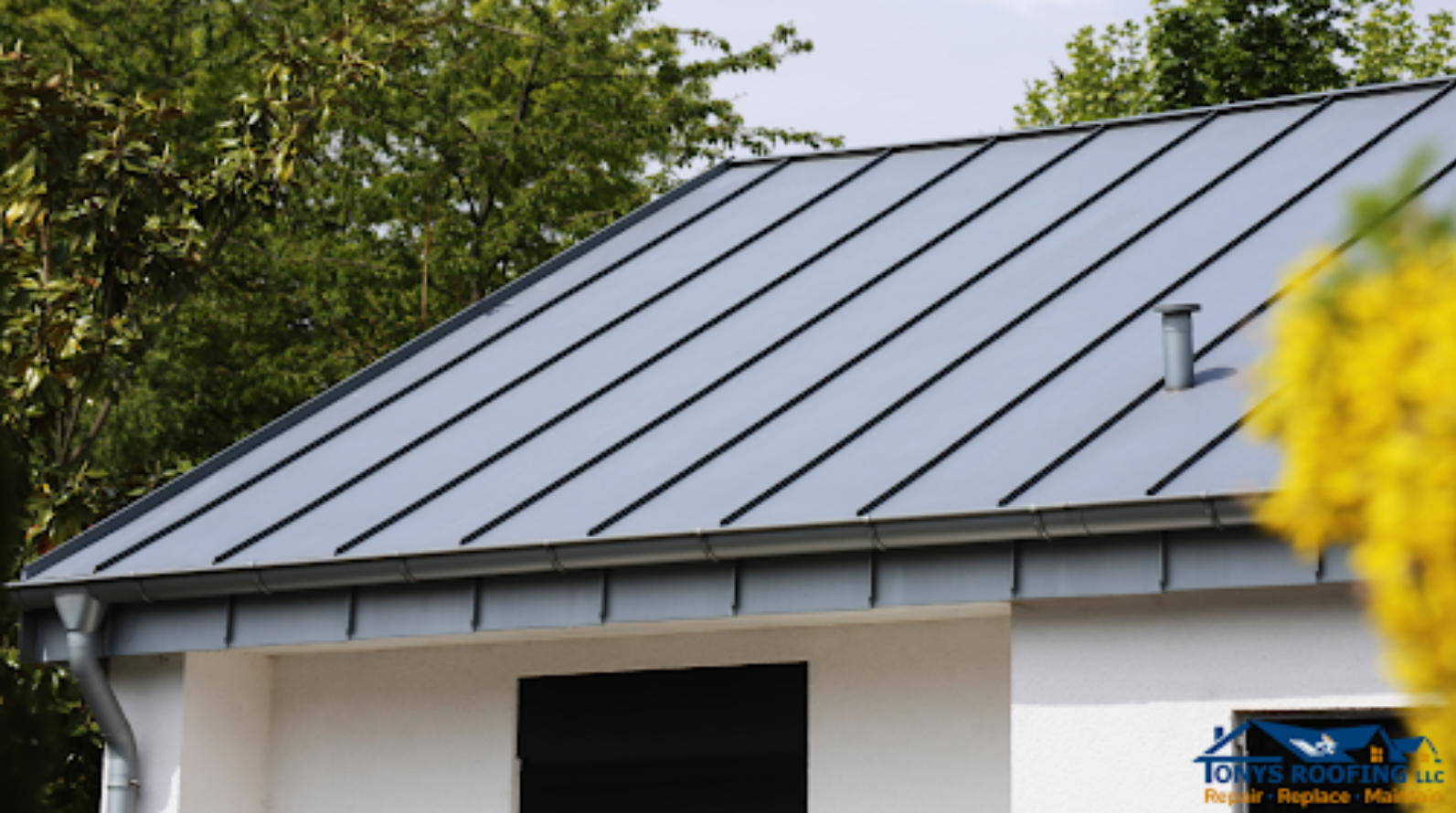Storms can be unpredictable and powerful, causing significant damage to your home, particularly your roof. Heavy winds, hail, and flying debris can all wreak havoc on the integrity of your roof, leading to leaks, structural issues, and potential safety hazards. It’s essential to promptly identify and address any roof damage to prevent further deterioration and costly repairs.
In this article, we will discuss how to spot roof damage after a storm, enabling you to take the necessary steps to protect your home.
- Conduct a Visual Inspection: After a storm has passed, the first step is to visually inspect your roof from the ground. Look for obvious signs of damage, such as missing or damaged shingles, dented metal flashing, or fallen debris. Binoculars can be helpful in examining the roof more closely without the need to climb a ladder. Pay attention to any irregularities or changes in the roof’s appearance.

2. Check for Water Leaks: Water leaks are one of the most common consequences of roof damage. Inside your home, check for any signs of water stains or discoloration on the ceilings, walls, or attic. Inspect the attic for dampness, water drips, or pooling. Even small leaks can lead to significant water damage over time, so it’s crucial to address them promptly.
3. Examine the Shingles: The shingles are the outermost layer of protection for your roof, making them vulnerable to storm damage. Look for shingles that are cracked, curled, or completely missing. Pay close attention to areas around chimneys, vents, and skylights, as they are more prone to damage. Check for loose granules in the gutters or on the ground, as it could indicate shingle deterioration.

4. Assess the Flashing: Flashing is the metal material used to seal gaps and joints on the roof, such as around chimneys, vent pipes, and skylights. Inspect the flashing for any signs of damage, including dents, rust, or separation from the roof surface. Damaged flashing can lead to water leaks, so it’s crucial to address any issues promptly.
5. Look for Dents and Hail Damage: If your area experienced hail during the storm, it’s essential to check for hail damage. Hail can cause dents on metal roof surfaces, cracks or splits on shingles, and loss of granules. Inspect your roof for dents on metal vents, gutters, and downspouts. Additionally, check for dents or bruising on the shingles, as they can compromise the roof’s integrity.
6. Check Gutters and Downspouts: While inspecting your roof, take the time to examine your gutters and downspouts as well. Look for signs of dents, cracks, or detachment from the roofline. Ensure they are clear of debris and properly functioning, as clogged or damaged gutters can lead to water backup and further roof damage.
7. Don’t Forget About Trees: During a storm, trees can become dangerous projectiles, causing severe damage to your roof. Inspect your roof for any fallen branches, twigs, or leaves. Look for signs of impact, such as broken shingles, dented flashing, or punctured roof surfaces. If you notice any tree limbs hanging over or touching your roof, consider contacting a professional tree service to safely remove them.
8. Consider Hiring a Professional: While it’s possible to conduct a basic roof inspection yourself, it’s recommended to hire a professional roofing contractor for a more thorough assessment. Roofing professionals have the expertise and experience to identify subtle signs of damage that may not be apparent to an untrained eye. They can provide a detailed report on the condition of your roof and recommend necessary repairs or replacements.

Remember, safety should always be a priority. If you are uncomfortable or inexperienced with roof inspections, it’s best to leave it to the professionals. Walking on a damaged roof can be dangerous, and it’s crucial to exercise caution and use appropriate safety equipment if you decide to inspect it yourself.
Conclusion
Spotting roof damage after a storm is crucial for maintaining the integrity of your home. By conducting a visual inspection, checking for water leaks, examining the shingles and flashing, assessing for dents and hail damage, inspecting the gutters and downspouts, and considering the involvement of trees, you can identify potential issues and take appropriate action. Whether you choose to address the damage yourself or hire a professional, prompt repairs are essential to prevent further deterioration and protect your home from future storms.











